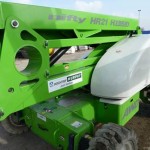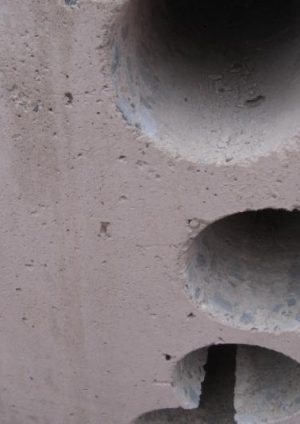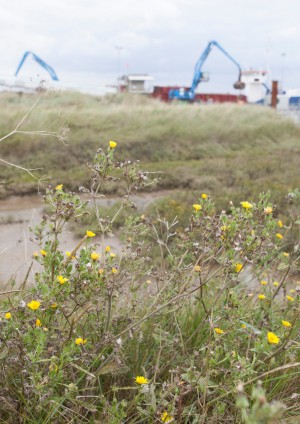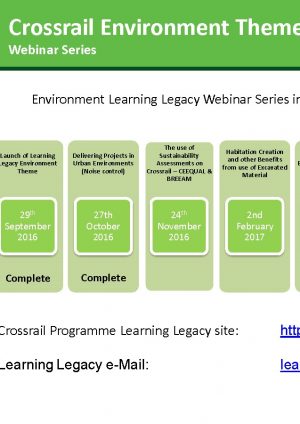 Carbon Footprint
Carbon Footprint
Crossrail’s Carbon Footprint model predicts net carbon dioxide emissions (measured in tonnes of CO2) resulting from the construction and operation of the railway. Total emissions of carbon dioxide from the construction phase of the Crossrail project are estimated to be in the order of 1.7 million tonnes of CO2. Once the railway is operational, there will be annual savings in the order of 70,000 to 225,000 tonnes of CO2, largely due to the displacement of car journeys and replacement of diesel trains on the existing network. The ‘payback’ period is therefore between 7 and 26 years after opening, with the most likely range being 9 to 13 years after opening, beyond which there will be net savings in CO2. The variation in the figures also factor in possible differences in service operating patterns and specification of rolling stock.
Crossrail’s carbon footprint development and measurement provides a benchmark for future rail projects. A spreadsheet based tool was developed to measure the overall carbon footprint through Scope 1,2,3 in construction and also over 120 years of operation. The Microsoft Excel based model for the construction phase is included here.
Construction carbon emissions
Crossrail’s target for the reduction of construction related carbon emissions is 8 per cent. With over 60 per cent of construction completed at financial year end 2014-15 and many of the energy intensive activities reducing, Crossrail has achieved a reduction of close to 11 per cent against the baseline. This equates to a saving of about 52,000 tonnes of CO2 emissions. A tool has been developed to forecast and monitor the ongoing construction carbon footprint (Scopes 1 & 2) to enable the project to determine if it is on target to achieve its target reduction and is explained in this learning legacy paper. This should be a useful benchmarking tool for future projects.
Embodied carbon
Work was undertaken to reduce the embodied carbon in construction materials. The biggest opportunities in this area were the reduction of material quantities in construction and the reduction of cement used in concrete. Crossrail’s concrete specification requires a minimum of 50 per cent cement replacement for poured in-situ concrete but replacement of up to as much as 72 per cent has been achieved in instances where cement performance requirements and curing time has allowed this change.
In addition, Crossrail worked with the David Ball Group to investigate the viability of using its CemFree product for infrastructure. A document detailing the outcomes of the trials and describing the constraints imposed on the industry by the limitations of the current standards has been published in the Low Carbon Concrete learning legacy paper.



